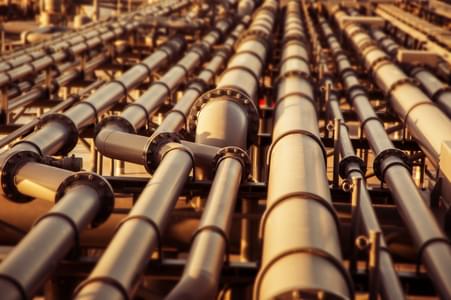The Odebrecht scandal will go down in history as one of the biggest corruption rackets to ever hit Latin America.
The Brazilian giant spent around US$700mn in bribes to high-ranking government officials in its efforts to secure juicy public contracts in eleven different countries, mostly in Latin America.
The scandal has left a wave of unfinished infrastructure project all over the continent.
“Odebrecht was one of the most important players in the executions of infrastructure projects, their withdrawal from Latin America is going to be felt in almost in every country” explained Lucio Caceres, the regional head of the United Nations Office for Project Services (UNOPS), in an interview with EFE.
All told, Odebrecht confessed to US and Swiss authorities of having spent around US$98mn in bribes in Venezuela, US$92mn in the Dominican Republic, US$59mn in Panamá, US$50mn in Angola, US$35mn in Argentina and US$33.5mn in Ecuador.
Repercussions in Peru
The Brazilian company has been active in Peru for 38 years and since 1979 it has participated in 63 infrastructure projects: 12 in the private sector and 51 have been government contracts. According to a recent investigation, Odebrecht has cost the state over US$200mn throughout the period.
The documents revealed by the US authorities sated that Odebrecht paid around US$29mn in bribes in Peru, which secured the company US$143mn in government contracts.
The problem for Peru goes beyond the corruption allegations per say; the retreat of the Brazilian giant has left a sea of unfinished projects, which have put a damper on the country’s growth prospects.
In early 2017, Moody's lowered this year's GDP forecast for Peru to 3.7% from its previous estimate of 4.5% in light of the corruption scandals.
Some projects will have bigger impact than others; most notable of all is Gasoducto Sur Peruano (GSP), a large gas pipeline project co-funded by the government and the second largest infrastructure project in the history of Peru.
On 23 January, President Kuczynski announced the government enacted a US$262mn (0.1% of GDP) penalty clause against the consortium that managed GSP, in which Odebrecht had a 55% stake. Odebrecht was unable to raise the money to finish the pipeline in the time stipulated in the contract, which paralyzed work for at least 12 months.
So far, Odebrecht has sold its stake in most public projects it participated with in Peru, allowing them to continue without further delay.
In a statement, the company said it would not retreat from the region but instead focus exclusively on private sector initiatives.
“The most common solution the government has found is for the company to sell its stake in projects, which is what has happened recently,” explained Alonso Segura, the country’s former Finance Minister and professor of economics at Universidad Pontificia de Peru.
Even if this is the fastest solution to get these projects back on track, it doesn’t always play out this way.
“It depends on the project, some they have been able to sell, but those that have stalled will need to be reallocated and that might take time,” Segura said.
The government now has to designate an operator who will to make sure that the state of the assets involved in the paralyzed infrastructure projects do not deteriorate.
“This is the only way the government has of ensuring the assets remain properly maintained while they look for new sponsors,” Segura mentioned.
For Segura though, this will have more of short term impact. “There will certainly short term adverse effects on the economy, but this is mostly due to the fact that the government included the GSP into this year’s projections; the paralysation of that project alone might cost the country half a point of the GDP”.
“Overall, the impact on growth projections for next year might be 0.5% to 1.1% lower than expected. I believe it is going to be closer to 0.5%, but no one knows for sure.”
The scandals are also having other more qualitative adverse effects that are hard to measure, but which could nevertheless lead to a further slowdown in the infrastructure pipeline.
“As results of all the investigations, government officials are doubtful or more careful when they sign any contract, which causes delays.”
Despite the slowdown, the infrastructure segment could see some positive side effects, with the vacuum created by Odebrecht likely to create opportunities for new players in the market.
“Brazilian construction companies have long held the monopoly on this segment in Peru. But even before the scandal erupted, a range of players in Europe and Latin America trying to make headway in the country – often unsuccessfully… we will have a cleaner system with a larger pool of companies,” he concluded.









